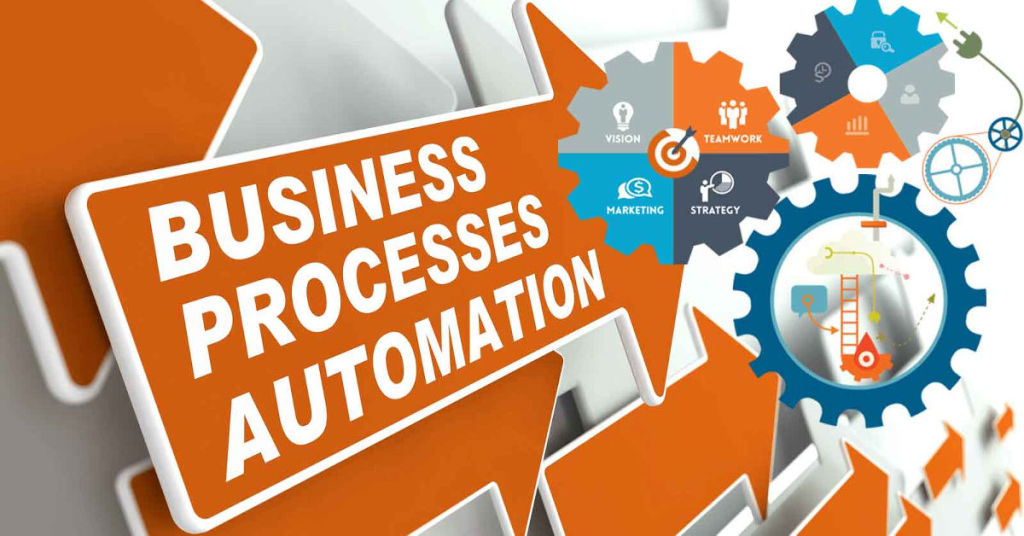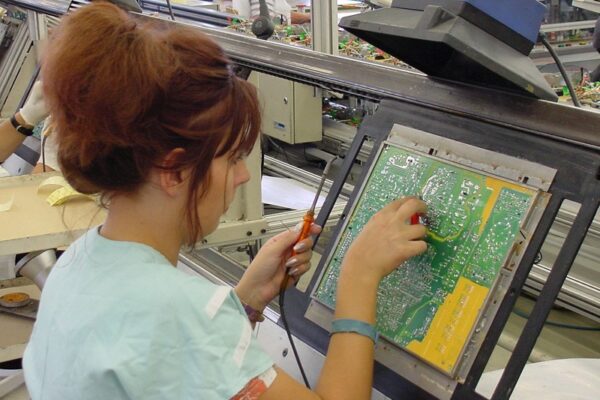Business process automation abbreviated as BPA is the process of automating business processes entailing managing information, data to reduce cost, resources; through technology enabling of organizations to boost their performance that’s through cutting costs and increasing productivity.
BPA is different from the robotic automation which always causes jitters in the minds of employees once automation is mentioned thinking of automation as only having robots which take over their jobs; however, the robot automation is done in industrial automation which is completely different from BPA.
Automated business processes ensure time-saving, cost reduction and best practices in improving the work efficiency for employees ensuring these processes are; streamlined, consistent, error-free and transparent that’s free from malfunctioning. Business process automation ought to be accompanied by several key features:
- It is ought to ensure consistency in the organization. All departments of the organization should be included in the automation process and also ensure that the automation follows a chronological order across the entire organization.
- The process is repetitive. It should be iterative and adaptive to changes in requirements and environment. It is also a good practice to ensure reuse of software and in case of any changes, only the code should be adjusted thus ensuring costs and time of developing the software from scratch are saved; also the chances of intensive error cases are minimized.
- It should be free from errors every time.
In BPA, it is always a good practice to ensure that the business case that’s the business interests are highly prioritized, get the right resources to execute and also seek everyone’s participation and collaboration in the automation process that’s by involving all stakeholders within the organization.
Key practices to observe in business process automation entails: choosing the right process, choosing the right tools, define the automation goals, ensure role establishment, involve everyone, train users, ensure continuous improvement and finally have some backup plan to assist in case the selected model fails.
ASPECTS OF BUSINESS PROCESS AUTOMATION

Specific examples of business process automation working
As defined earlier, BPA refers to the automation of the recurring business process that’s using software and an appropriate application to facilitate automation. Basically, instead of employees wasting a lot of time attending to simple repetitive tasks, organizations have a software run program to handle the tasks, such tasks entail data entry, automated customer support, etc… Some of the specific applications in which BPA entail are:
- Customer support: Every online platform such as websites tend to have a customer care unit run by the customer support software which varies in functionality but all of them basically allow an automated response to customers. The response facilitated by the customer support automation software makes it easy for the organization’s support team to trace less-known tickets and attend to them.
- Managing approval: Most of the business processes and transactions within organizations require the approval of more than one top-level managers and getting each one of them in person may be time-consuming and tedious. Hence with an approval management software, one just needs to initialize the approval process from their device and wait for the managers to approve.
- Workflow management: The process of employee onboarding is usually structured well and having the workflow management software, employees are able to lead the entire process.
Business process automation models
- Business Process Improvement (BPI): In this automation model, the automated part may be a big part of the business process that’s executing the overall automation to improve the business process or else a tiny part of the process that’s maybe automating one step of the entire business process.
- Business process re-engineering (BPR): Works in a similar manner as the business process Improvement (BPI) although in BPR the entire process is torn down and a completely new business process is built from scratch. This is usually effective in the case one needs to incorporate new and better technologies.
- Business process management (BPM): This entails a systematic way of executing the process incrementally and not in the approach of the one-time initiative as it is in BPR and BPI. BPM ensures continuous improvement of the process hence the most ideal process for automating and streamlining old processes.
Key benefits of business process automation

Unlike years back when automation software was expensive to access, currently is readily available online from where organizations can download either the basic free ones or go for the subscribed version. There have always been misconceptions as to the implications of BPA but currently, there are no drawbacks or significant faults.
Some of the key benefits of BPA entail:
- Increased work value: Automating simple and repetitive tasks will free up employees hence they can focus on investing in their talents and engaging in activities that add more value to the business.
- Employee motivation and satisfaction: Having the business process automated means that the workforce will not have to struggle with the robot and menial tasks thus avoiding the tediousness that accompanies these tasks.
- Minimize human errors: It uses software and applications to perform task-specific functionalities meaning that these systems are meant for these specific tasks hence able to work repeatedly without tiring. For example, employing the use of payroll software means that everyone will be paid correctly and consistently based on the work they have done, provided the data is set up correctly initially. Additionally, these systems are highly accurate and errors can only occur due to hardware related failure but not the failure of software embedded into these hardware infrastructures.
Conclusion
BPA popularly referred to as the business automation or rather the digital transformation involves technology-enabling the automation of complex automatable business processes. The main idea behind any BPA is to free up the workforce for execution of more important and value-adding tasks to the business. It should be implemented considering the business case and the requirements of the organization.








